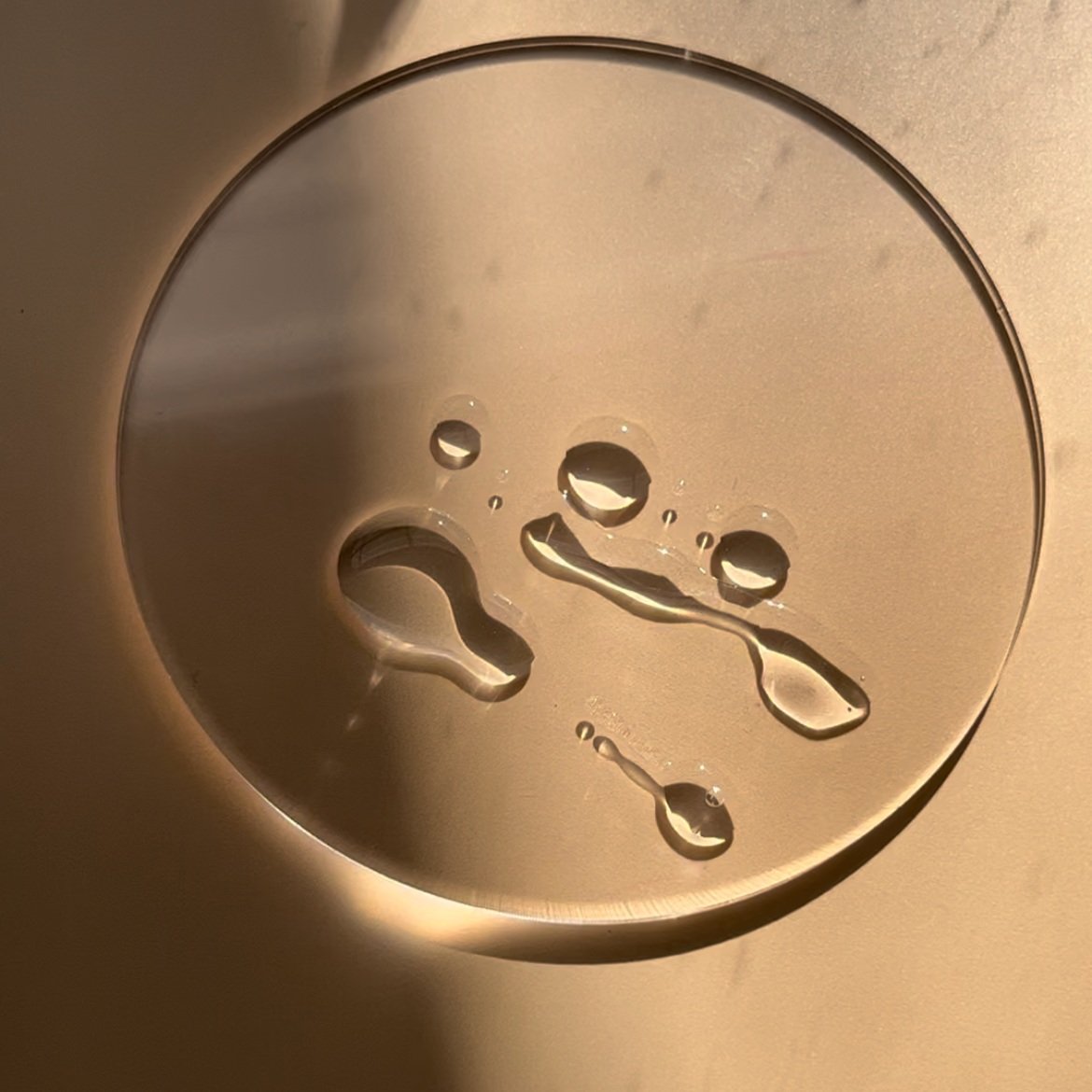Ingredient Glossary: Hyaluronic Acid
Here at Skin Things, Glenelg, our team is passionate about you truly embracing your skincare routine as a part of your self-care routine. Creating the perfect skincare routine is all about knowing what’s in your products and using them to your advantage. Today, we embark on the start of our new series, ‘ingredient glossary’. This is where we pick one ingredient in particular, dive deep into its benefits, and chat about all the hero products we love that it’s in. To kickstart our series, we’re diving into hyaluronic acid.
What is Hyaluronic Acid?
Hyaluronic acid, pronounced (hi-ah-lew-ron-ic acid), is a hyaluronate. It’s a sugar molecule naturally occurring within the body and holds up to 1,000 times its weight in water. As we age, the natural production of it within our bodies slows down, leaving us to source and use the ingredient topically on our skin.
What’s it good for?
You'll obsess over hyaluronic acid if you want to get deliciously plumped, hydrated skin. The gentle, good-for-your-skin ingredient is all about filling your skin with moisture. As hyaluronic acid is a humectant, it locks moisture into the skin. A humectant is a water-attracting ingredient, bringing water to the top layer of the skin to keep your skin a hydrated, plumped appearance.
How and when to use hyaluronic acid?
You’ll find hyaluronic acid in a range of skincare products, so adding it to your skincare routine is a breeze. Specifically, if you are using something like a hyaluronic acid serum, this should always be used directly on damp skin as a first step after cleansing and before your oils and moisturiser. Once you’ve used hyaluronic acid as your base, you can layer serums on top, followed by a moisturiser to lock everything in.
Hyaluronic acid is gentle enough that it can be used twice a day. However, if you choose only to use it once a day, we recommend using it at night due to the skin’s restorative function, which is active at night while you get your beauty sleep.
Who should avoid using hyaluronic acid?
One of the main reasons we love hyaluronic acid is that it can truly work for any skin type. If you have sensitive skin, we recommend patch testing. This is where you apply a small amount to the skin, wait 24 hours and see how your skin reacts. However, for the most part, we’ve yet to see any negative reactions to the ingredient. As long as you're using the product on damp skin, your skin will thank you for it.
Hero products with hyaluronic acid
Although there are a huge amount of products on the market containing and heroing hyaluronic acid, our favourite product is Nourished Skin Hyaluronic Acid Serum. With its stripped-back formula and no nasties, we have seen firsthand the results it can bring to the skin. Other than our hero ingredient of hyaluronic acid, we also have a few other ingredients worth mentioning. Our Hyaluronic Acid Serum is phenoxyethanol, a preservative naturally derived from green tea and chicory. Preventing the growth of yeast, mould and germs, which would transfer to the skin upon application.
Then, we have ethylhexylglycerin. A skin conditioning and hydration boosting agent, which also deodorises and preserves. Lastly, we have orange floral water, which is also featured in our tonics. Orange floral water is uplifting and rich in both vitamin B and C complex, perfect for brightening and evening skin tone over the course of consistent use
Final Thoughts
No matter where you get your hyaluronic acid serum from, it’s a beautiful and gentle addition to your skincare routine. If you have more questions about what ingredients or products are right for you, come and visit us at Skin Things and chat with our friendly team. Alternatively, book a signature facial with us. That way, you can feel our products on your skin and assess what’s right for you. Your dedicated facialist will talk you through our products in as little or as much detail as you like. In the meantime, join our mailing list to be the first to know about new products or services and follow us on social media.



